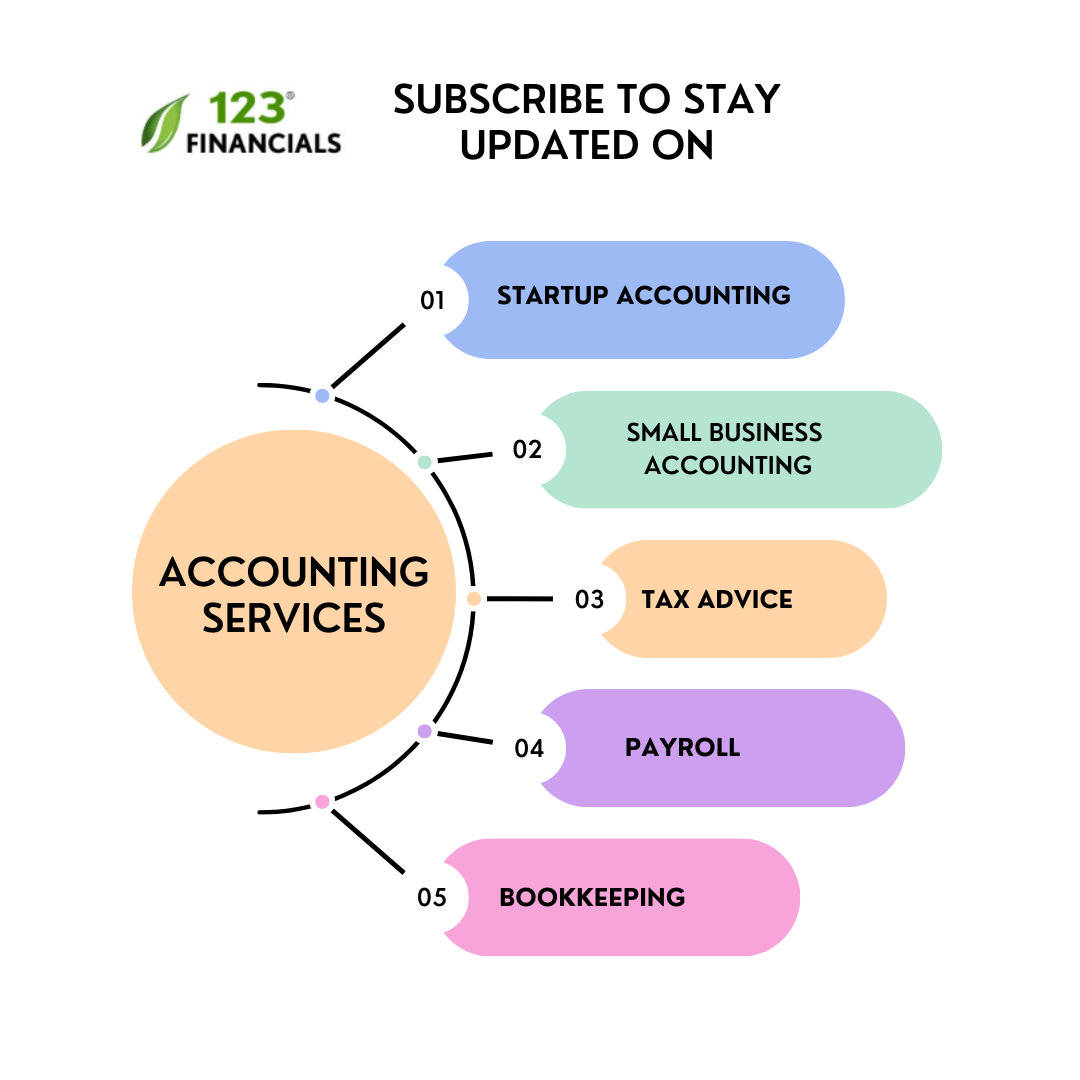If you are looking forward to the healthy financial status of your business, creating a revenue model is essential. Revenue to a business refers to the income generated when a company sells its products and services.
A business revenue model gives a clear image of your cash flow and business needs. It is a great way to demonstrate your plan for product pricing, earning revenue, marketing strategies, generating sales, and maximising profitability to yourself and potential investors.
This guide will teach how to create a revenue model for businesses.
● What is the revenue model?
● Types of revenue model
● How to create a revenue model?
● Conclusion
Hire Corporate Accountant
Work with a London-based accountant for tax, accounting, payroll, & EIS/ SEIS needs.
What is the revenue model?
A revenue model is a conceptual structure of businesses that states and explains their revenue-earning strategies. It is similar to the fuel system of a car. Your business cannot operate properly and expand without a well-defined revenue model.
Generally, a revenue model has two significant components: revenue stream (direct and indirect sources) and a company’s cost structure ( fixed and variable expenses to operate and generate revenue).

Credit: Quora
Types of revenue models
Choosing the correct or effective revenue model is crucial to maximising your profit and letting your business grow faster than ever. Here are 12 popular startup revenue models:
1. Freemium
Companies using the Freemium revenue model provide standard services free of cost and a set of additional services at a premium cost.
2. Subscription
It is also known as a recurring revenue strategy. Companies charge consumers for regular use or access to their services.
3. Pay-per-use
According to this revenue model, customers have complete access to unlimited services and features of the company and pay only for what they are using. You can find this strategy in cloud-based service industries.
4. Licensing
According to these revenue models, individuals can use a company’s product, services or name at a recurring or predetermined cost.
5. Advertising
The sale of advertising is the primary source of revenue here. It is popular among the traditional broadcast and print media industries.
6. Franchise
This model helps your company to grow by selling the rights to use your brand name to other businesses and charging a fee in return.
7. Predictive pricing
This strategy is common in insurance companies using past data, consumer profiles, or performance to understand a future price offering.
8. Affiliate
It is popular in the online marketplace, where individuals or brands can promote a third-party product to their audience and charge a commission or a fixed price for every transaction.
9. Real-time pricing
The price of products or services changes according to the level of demand, changes in consumer size and requirements, and other conditions.
10. Price Leadership
This revenue model suggests you reduce the production cost to increase production and benefit from economy of scale. As the production cost reduces, so will the selling price applicable to the consumers.
11. Premium
For premium revenue models, brand image and quality are essential. These methods apply to luxury or niche products and services.
12. Bundle pricing
Companies combine several products or services at a lower price under a bundle pricing revenue model. For example, you pay a single fee for Office 365 and get access to Word, Excel, Outlook, PowerPoint, OneNote, and Publisher.
How to create a revenue model?
We can measure a successful revenue model by checking its ability to generate maximum profits compared to its competitors in the market and industry standards. The high gross profit margin on every product or service a company sells is essential in producing extraordinary returns on investment (ROI). The total revenue the company is earning on the sale of each unit must exceed the Cost of Goods Sold (COGS) at the higher rate with which a market can bear.
Best revenue models allow businesses to attract new customers, motivate the sales department, and secure new capital for business growth.
Here are a few tips for you to create a revenue model:
1. Know what revenue model is
For new entrepreneurs, it is vital to understand the definition of a revenue model before creating and implementing them. A revenue model is an image of a business strategy to generate money.
As discussed above, there are different revenue models, and you need to understand which of them apply to your type of business.
2. Know your business
Most startups aim to make money without knowing what business they are creating and how it will operate. Without knowing these essential details, you cannot create a revenue model.
Therefore you need to ask yourself a few questions: What are you offering? Is it a product, service, subscription, time, something else, or a combination? When you answer this question, you can understand how to make a sale and the necessary steps required to complete the sale.
3. Create a transaction story
Before creating a revenue model, you must consider numbers and how you will put them into a spreadsheet. Next, you need to explain how you complete a sale.
Once you build a transaction story, think about the necessary steps to complete a sale. You can ask yourself a few questions: How will your customer find you? How will they pay you? How will you provide the products or services?
After forming a story on how the sale completes, you can create spreadsheets that help you understand the bottom line.
4. Put strain on single unit economics
What is single unit economics? It’s the revenue a company can generate from a single sale. While doing this, you can ask two questions how much is the price for your product or service? And how much does it take to make the product or provide it?
New companies dream of huge sales volume, but it is necessary to understand how a single sale happens. There is a standard set of prices for every industry, and they can price a product within that range.
5. Industry research
To build a profitable and sustainable revenue model for business, you need to use your experience and research your competitors. Learn about their marketing strategies and list them to give you an image of how to create a good revenue model.
6. Target audience
The main goal of creating a revenue model is to acquire, integrate, and retain new customers. You need to identify the characteristics of your ideal consumer. Determine market size and your USP.
7. Avoid using a template
If creating a revenue model for the first time, you may try finding a spreadsheet template. But it is not always a good option to rely on these templates. Instead, you must understand your business inside out and try to create a revenue model.
8. A revenue model is not static
A revenue model keeps changing as your business grows and expands. As your business scenario often changes, creating a single revenue model while starting a company will not do. It allows you to experiment with your revenue model.
For example, consider the price of a product, set a price and see its market feedback, and then change it after a few days and collect its input.
9. Keep practising
A famous phrase, “Practice makes a man perfect”, goes well with creating a revenue model. You can develop a better revenue model when you keep practising.
Hire Corporate Accountant
Work with a London-based accountant for tax, accounting, payroll, & EIS/ SEIS needs.
Conclusion
No matter how large or small, your business is, you must create a revenue model because it is the revenue that keeps a business alive. There are several things to consider while choosing a suitable revenue model and creating a unique one for your business.
It may not be a successful structure in the initial years, or you may face difficulties. During these years, ask for expert help while you learn and practice creating them yourself.
Every business has its unique revenue model, depending on the product they sell, industry type, target audience, and other factors. Therefore, take time and think wisely before creating a model for your company.



















